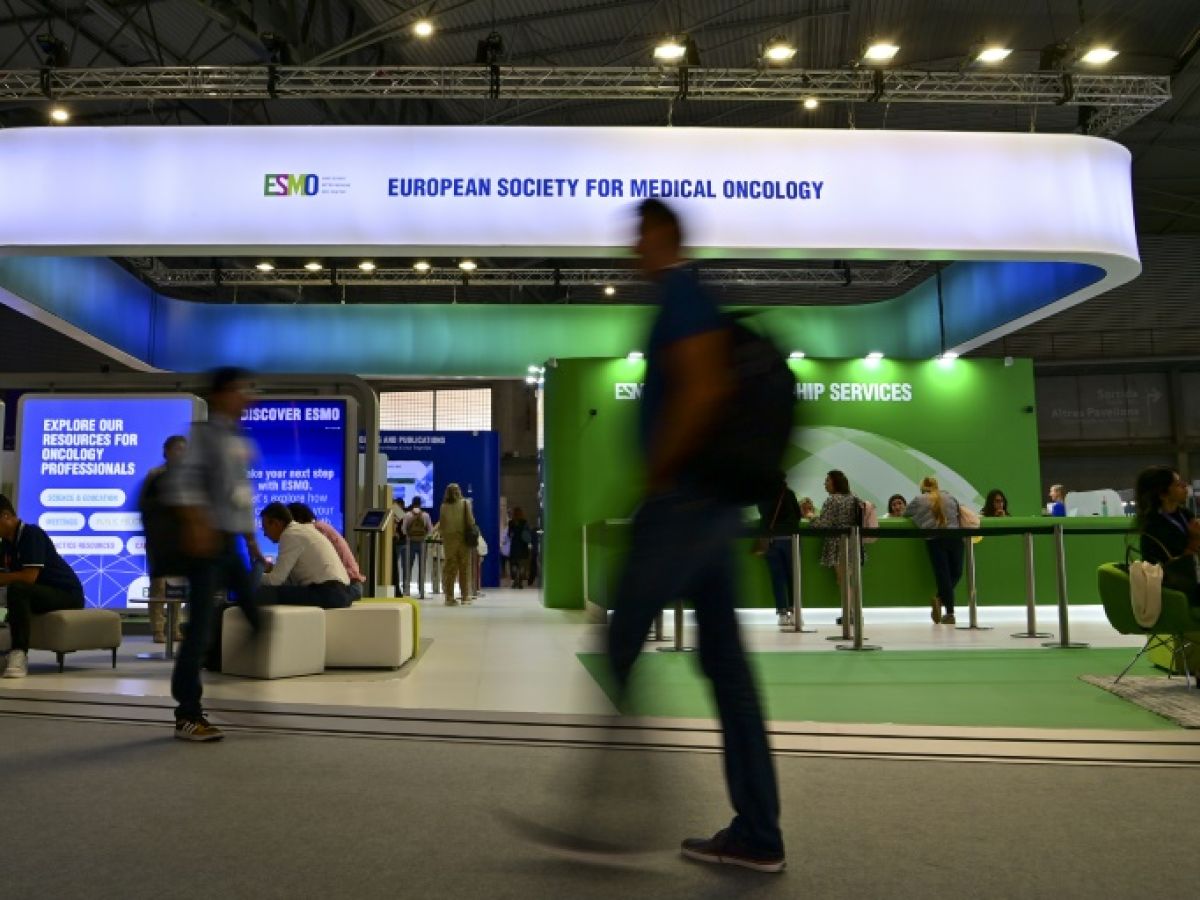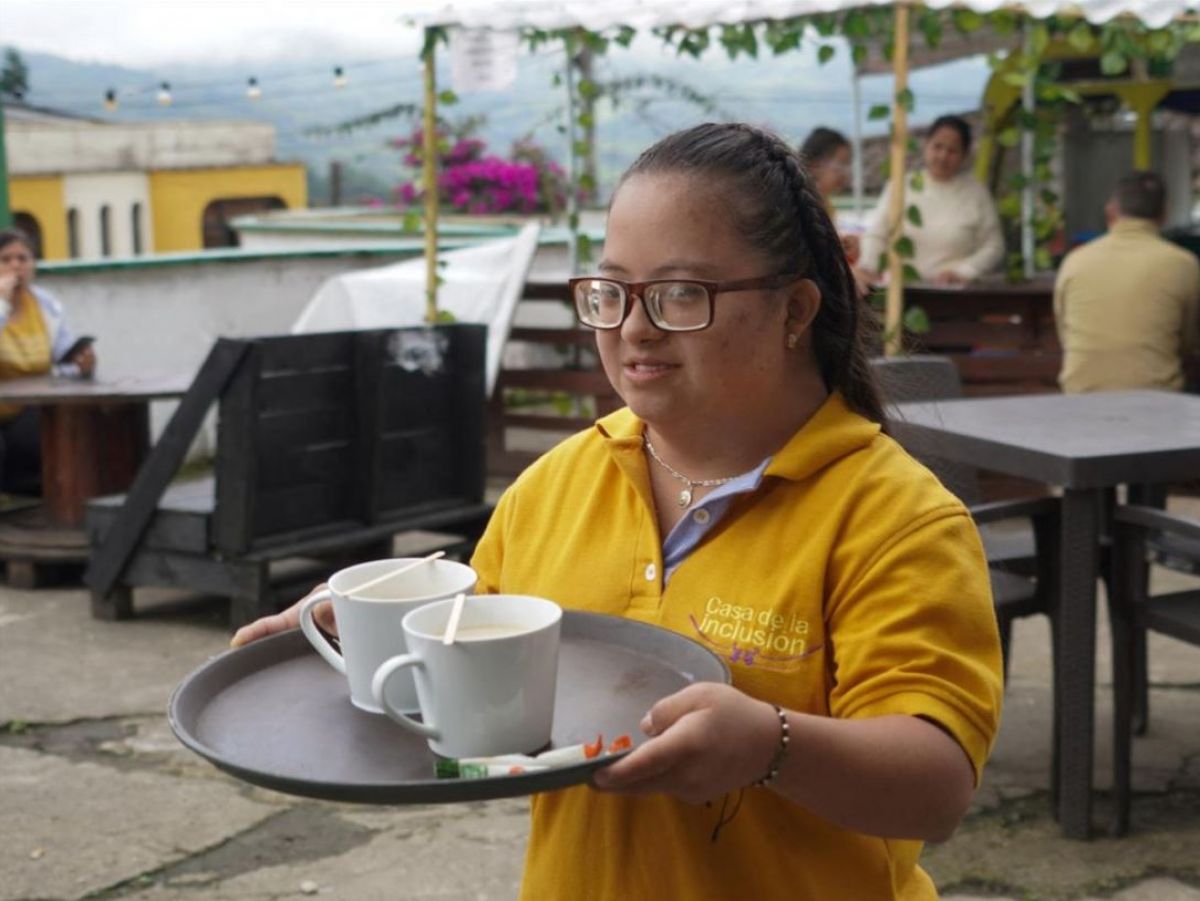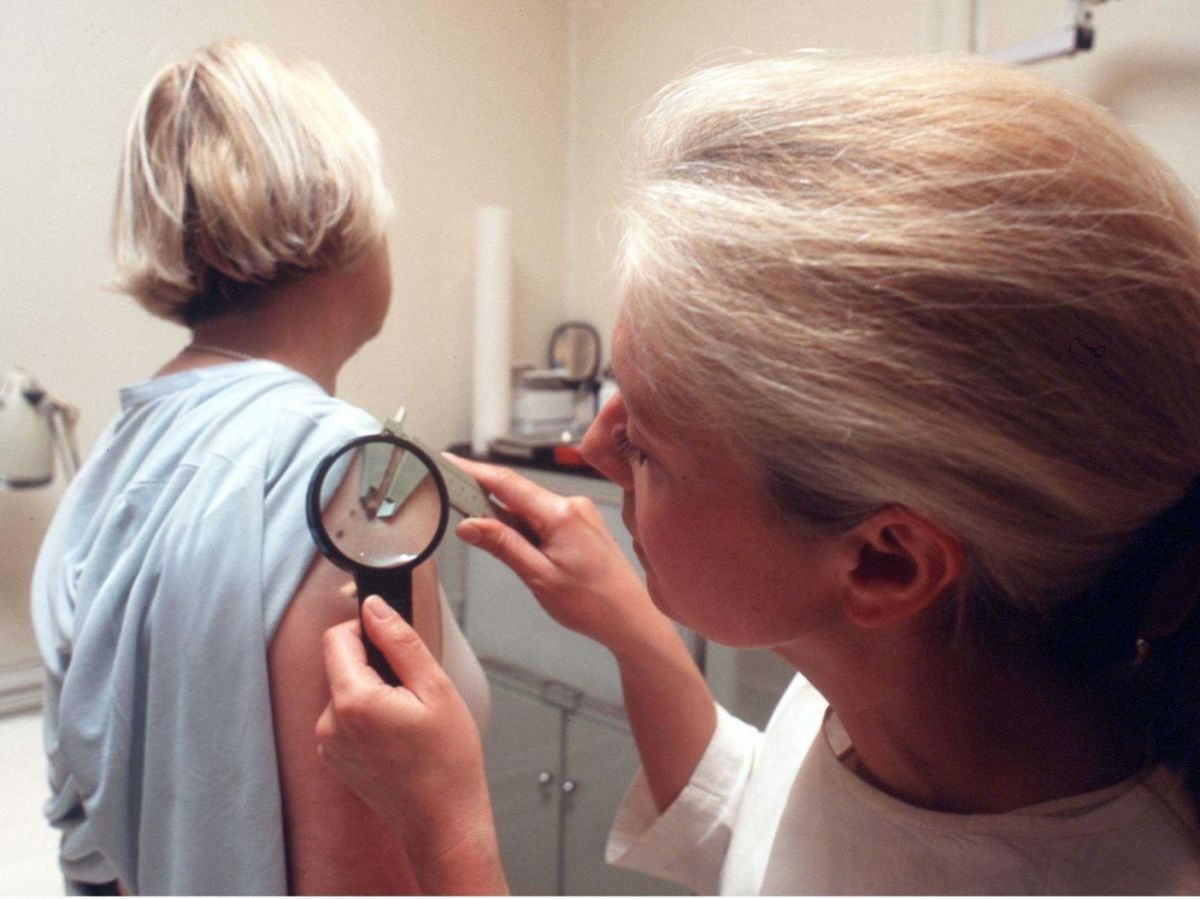Radiotherapy treatments shortened to three weeks instead of five for all breast cancer patients: a study presented Sunday at an oncology conference opens the way to a "de-escalation of the therapeutic burden".
According to the organizers of Esmo, the annual congress of the European Society of Medical Oncology, a global research meeting being held this year in Barcelona (Spain) until Tuesday, its results could soon lead to a change in the treatment of breast cancer.
This phase 3 study evaluated 1,265 patients over five years and compared the effects of standard five-week radiotherapy with a new regimen, called "hypofractionated", i.e. shortened to three weeks.
All of these women had lymph node-positive breast cancer, meaning that the tumor was no longer localized but had spread to the lymph nodes.
Some of the patients in the study received slightly higher doses at each session, but had fewer appointments overall.
"From previous studies, we knew that the effectiveness of shorter radiotherapy was the same in the case of a localized tumor, but for women with lymph node involvement, there was nothing to date demonstrating that we could shorten the number of sessions," Sofia Rivera, oncologist-radiotherapist, head of department at the French Gustave-Roussy Institute, who presented the study, explained to AFP.
In order to reduce the sessions to three weeks, the dose of irradiation was increased slightly each time.
"When we treat the breast but also the lymph nodes, we are attacking much larger volumes, which include healthy tissues such as the lung, the heart, or the esophagus," says Sofia Rivera. So with a higher dose, we could fear more side effects related to the treatment.
– “Gain in quality of life” –
The results of the study have swept away this fear: in addition, "we have an overall survival rate, survival without recurrence and without metastasis which is even better" with this "hypofractionated" therapy, the oncologist congratulates himself.

In view of these data, it is very likely that shortened radiotherapy will soon also be offered to women with lymph node-positive breast cancer, which represents 30% of breast cancers.
"This will mean less heavy treatments; we are clearly moving towards a de-escalation of the therapeutic burden," enthuses Sofia Rivera.
Reducing the number of sessions will in fact limit the number of trips patients have to make to their treatment center. "It's a gain in quality of life," the oncologist rejoices. Also key: a reduction in waiting lists, since places will be freed up on the radiotherapy machines, and a gain in human resources.
Charlotte Coles, an oncologist and professor at the University of Cambridge, welcomed the study on Sunday as "really important", which should lead to easing "the burden on patients" and "reducing the costs of healthcare systems".
This study is part of a body of research that is generally moving in the same direction.
A meta-analysis published last week in the British Medical Journal (BMJ), which brought together trials involving more than 20,000 patients, concluded that administering higher doses per fraction of radiotherapy over a shorter period considerably reduced the risk of side effects and improved quality of life.
For breast cancer alone, studies first showed that three weeks of radiotherapy (15 sessions) worked as well as five weeks (25 sessions). Then other studies showed that five sessions worked as well as 25 or 15.
The next step will be to test five sessions over a week for breast cancers with lymph nodes. Studies are underway but it will take at least five years before the first results.
In France, however, there is one obstacle that could delay the implementation of this new standard: radiotherapy is still currently paid per act and not as a flat rate. It is therefore more profitable for establishments to offer a large number of sessions.


